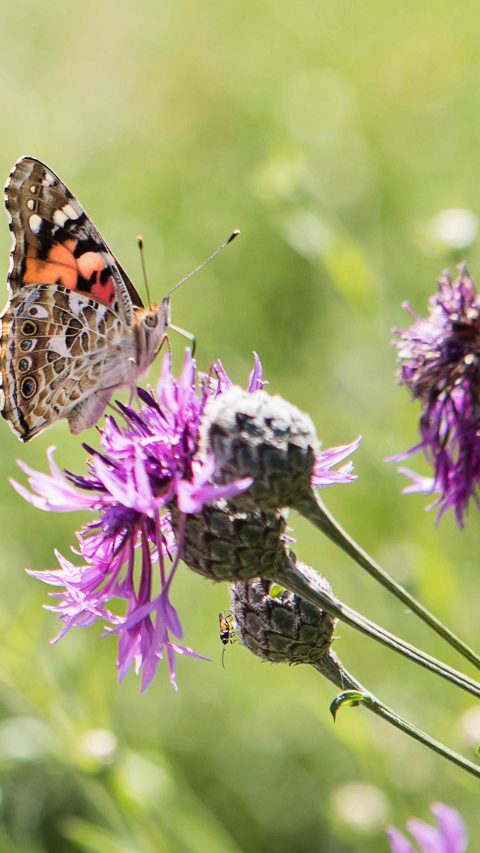Biodiversity and ecosystems
Biodiversity is under threat. It is the basis for the efficiency of our ecosystems. As a chemical company, we use many valuable resources provided by nature such as water, air and soil. At the same time, our business activities have an impact on them, for example through emissions into the environment or the purchase of renewable raw materials. Protecting biodiversity is therefore a key element of our commitment to sustainability.
The Global Biodiversity Framework (GBF) of the United Nations’ Convention on Biological Diversity and the Sustainable Development Goals (SDGs) serve as important orientation and reference frameworks for BASF. We want to reduce the pressure on nature and contribute to the preservation and restoration of biodiversity. To this end we have identified touchpoints of our business activities with nature. In order to better order and understand BASF's impact on nature along the value chain, we use the five drivers of biodiversity loss defined by the Intergovernmental Science Policy Platform on Biodiversity and Ecosystem Services (IPBES): land use change, pollution, climate change, overexploitation and invasive species.
We have the greatest points of contact with nature in the fields of "pollution", followed by "resource use" (water), "climate change" (greenhouse gas emissions) and "land use change" (mainly related to the supply of raw materials).
:16x9?dpr=off&fmt=jpeg&fit=crop%2C1&wid=210&hei=118)
Assessment
Quantifying biodiversity is complex and requires site-specific approaches.
To measure potential causes of biodiversity loss, we use indicators such as nitrogen emissions in water and indicators such as species occurrence to assess the status of ecosystems. We also capture our land needs. In addition, we regularly test (new) analysis tools, such as the WWF Biodiversity Risk Filter, which help us to understand influences and dependencies on biodiversity.
The indicators are integrated into our different methodologies for measuring our sustainability performance, e.g. Eco-Efficiency Analysis, Sustainable Solution Steering (TripleS) and AgBalance®.
Furthermore, we regularly check which of our global production sites are located near biodiversity sensitive areas.
Measures
We are guided by the risk mitigation hierarchy as we attempt to avoid any impacts on nature. If this is not feasible, we aim to reduce our impacts, support the restoration of nature or contribute to the transformation of value chains toward better environmental sustainability.
In addition, we are continuously optimizing production processes with a variety of measures at our sites. In this way, we avoid and reduce negative impacts on nature by contributing to energy efficiency, resource conservation and climate protection, as well as reducing emissions to air, water, and soil. Plus, we apply water stewardship and integrate Responsible Care®.
At the same time, we strive to restore or regenerate nature, e.g. in local projects such as Mata Viva in Brazil.
We are also contributing to system-wide change, e.g. by shifting our business models to renewable energy, renewable raw materials and more circular economy.

Local action
Our local actions are of particular importance. Our locally targeted measures are tailored to the specific ecosystems and species of a region. This ensures more targeted and effective protection.
Our local biodiversity projects serve to protect and develop biodiversity, often go beyond legal requirements and are generally designed for the long term. Furthermore, local initiatives often involve the members of the respective communities, which fosters a sense of responsibility and ensures a long-term commitment to the preservation of natural heritage.
Examples for our biodiversity projects
Partnerships
We actively engage in dialogue and partnership with stakeholders and create transparency by disclosing and reporting our impacts and dependencies.
We actively seek collaboration with relevant stakeholders and organizations worldwide, for example in the Taskforce on Nature-Related Financial Disclosures (TNFD), to expand our knowledge, raise awareness of biodiversity and drive necessary action.

